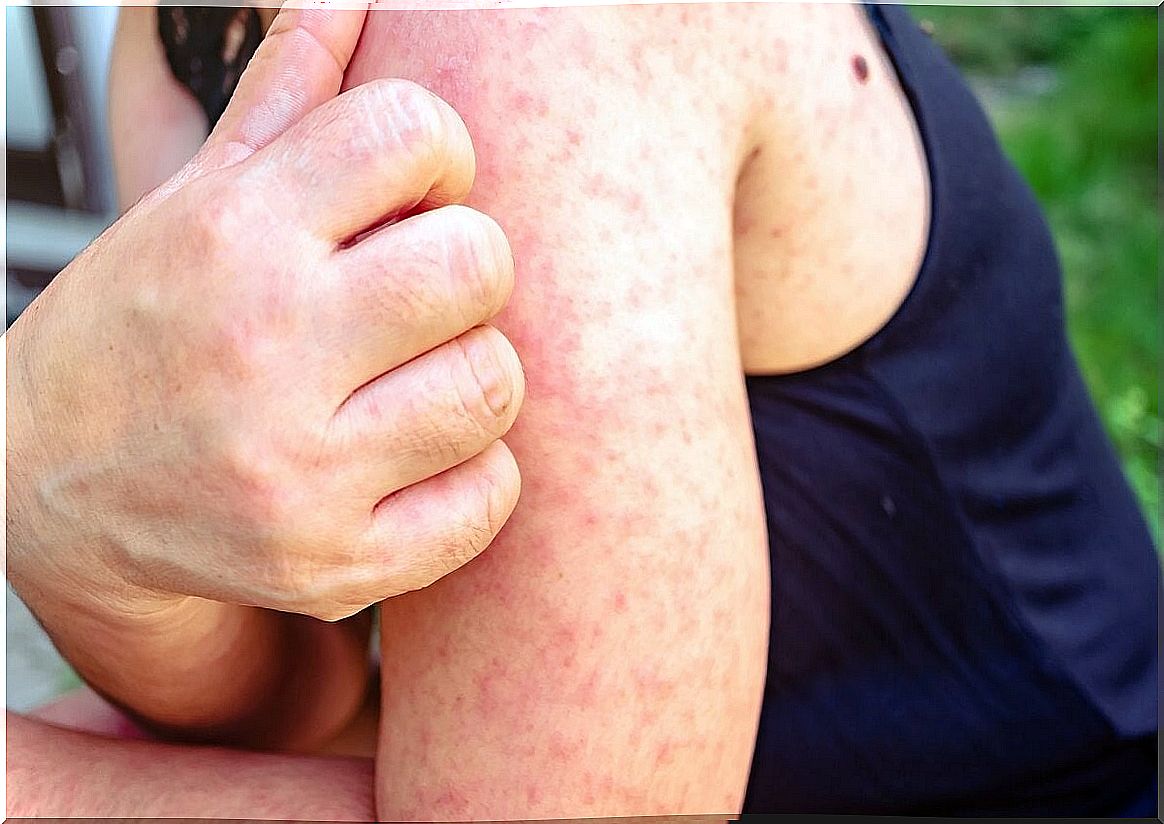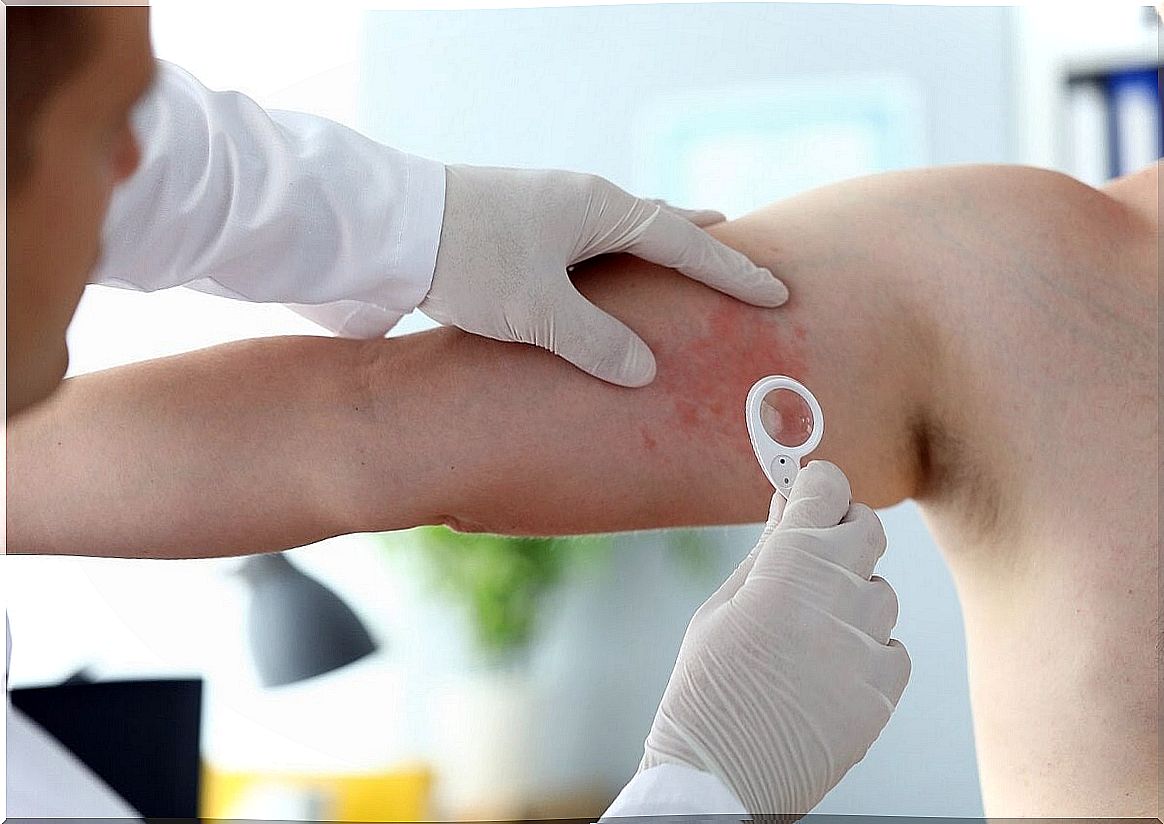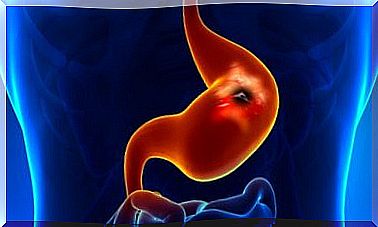Photoallergy And Phototoxia: How Are They Different?
Both photoallergy and phototoxia are sensitive reactions to light. They are produced by having taken a medicine that, in some way, reacts with sunlight and causes negative changes in the body.
These photosensitivity reactions are quite common. In addition, they do not occur only with medications, but can be caused by other agents such as cosmetics. The problem is that both tend to cause skin damage, such as redness or itching.
Despite this, both conditions have certain characteristics that differentiate them. It is important to know them, since each one is developed by a mechanism that determines the treatment to be applied. In this article we explain it.
What is photoallergy?
Photoallergy is an allergic reaction, that is, it is mediated by the immune system. It consists in that the body identifies a substance as foreign and triggers an immune reaction to fight against it.
It can be the compound of a medicine or a cosmetic that, when in contact with the UV rays of the sun, transforms and triggers the reaction. That is, the substance is first transformed by sunlight, and then the result is what causes the allergy.
There are many products in regular use that can cause this complication. However, photoallergy occurs only in those who have a sensitivity or predisposition to it.
For example, it can appear from certain deodorants, soaps, sun creams or even perfumes. Similarly, medications such as sulfonamides or anti-inflammatories can also trigger it.
What happens is that eczema-like lesions appear on the skin. That is, there is redness, itching, vesicles, and so on. But, unlike other allergies, the reaction occurs throughout the body, even in areas that have not been exposed to the sun.

What is phototoxia?
Phototoxicity is also called phototoxicity. In this case, what happens is that a substance acts as a photosensitizer of the skin. That is, it makes skin cells absorb more light, which ends up causing tissue damage.
This reaction can occur in anyone. It depends to a greater extent on the substance and the amounts that have been ingested. For example, it is very common in certain antibiotics or in medications used to treat acne.
What causes phototoxia are injuries such as sunburn, but with a greater intensity. Also, it takes less time for them to appear. Its symptoms include redness, inflammation and even blisters in the areas of the skin that have been exposed to the sun.
What are the differences between photoallergy and phototoxia?
First of all, we must emphasize that photoallergy and phototoxia affect people differently. Phototoxia can affect anyone, while for photoallergy it is necessary that that person be sensitized to the substance.
In addition, phototoxia depends on the dose of the substance in question and only occurs in areas exposed to the sun, while photoallergy does not. Although both are itchy and red, phototoxic lesions more closely resemble a sunburn.
In fact, for photoallergy to occur, a period of 24 to 48 hours must pass after sun exposure. Meanwhile, phototoxia happens in a matter of minutes or hours. The latter usually leaves the skin darker or hyperpigmented.

What to do in case of photoallergy or phototoxia?
In each case, the treatment may vary. However, at a general level it is necessary to reinforce sun protection and avoid contact with the triggering substance. The doctor or dermatologist will be the one to determine the best therapeutic options for each person. Therefore, consultation is essential.
Medications and products that cause photosensitivity may be discontinued. Also, frequent use of a high-spectrum sunscreen and protective clothing is recommended. To soothe symptoms, it is common to use topical treatments in the form of gels or ointments. The use of antihistamines may also be suggested.









